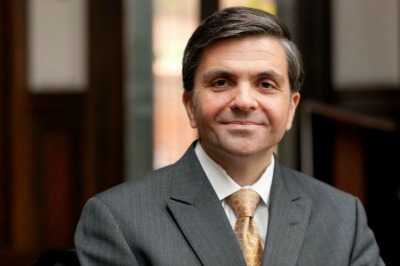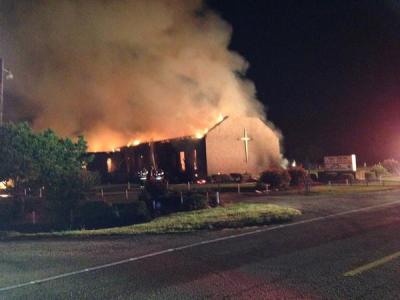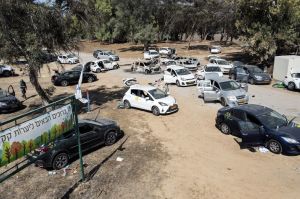Has There Really Been a Surge in Black Church Burnings?

Media reports of the last week have speculated that recent fires at black churches are racist arsons somehow linked to the horrible murders at the historic black church in Charleston, South Carolina. A July 1 headline in The Atlantic ominously declared: "Black Churches Are Burning Again in America."
A July 1 TIME article cited eight churches within two weeks, seven of them in the south, three of them judged arsons, one deemed electrical, and several others "preliminarily" believed to be related to lightning. Two of the churches turn out to be primarily white churches, including one in Ohio, and another in Tennessee. None have been judged hate crimes yet.
Yet lack of evidence so far of racist intent has not inhibited incendiary warnings and claims, many of them tweeted under the hashtag #WhoIsBurningBlackChurches. An activist with the liberal religious advocacy group Sojourners told Huffington Post: "Whenever you have African Americans in history pushing back against white supremacy, you inevitably have church burnings," adding, "In light of Confederate flags being taken down off of government buildings, this is a true threat to the dominance of whiteness in America."
But an official for the Southern Poverty Law Center cautioned in the same HuffPo piece against assuming the burnings were racial.

Some coverage has taken the time to point out that about 1600 churches in the U.S. suffer fires every year, 16 percent of them due to arson, which means on average at least five churches suffer arson every week. There are believed to be about 340,000 religious congregations in the U.S., and about 20 percent are believed to be black, although about 40 percent in the South are thought to be predominantly black.
Much of the recent coverage has cited the black church arson story of the 1990s, when there was a reputed upsurge in burnings. Few articles back then noted that church arsons averaged about 500-600 annually, according to the insurance industry, and that if 20 percent were black there would be on average about 100-120 burned black churches, which no study ever found to be the case.
Yet the black church arson story of twenty years ago became an established narrative, which President Clinton referenced to political effect, and which some on the left linked to an upsurge in white racism that supposedly crested with the 1994 Republican congressional win, facilitated by four million "angry white men."
The 1990s story was heavily promoted by the now defunct Center for Democratic Renewal in Atlanta and the National Council of Churches in New York, which raised over $14 million for its Burned Churches Fund, some of which helped forestall the council's own financial crisis.
It is understandable that many today have accepted the premise of a racially motivated upsurge in attacks on black churches, without realizing the lack of available facts. All church destruction, whether deliberate or accidental, merits condolence and assistance. One of the more admirable efforts to undergird the understandable dismay with hard facts came on July 1 when the Southern Baptist Ethics and Religious Liberty Commission circulated a fact sheet on the burnings that cited the wider national numbers placing the story in context.
I covered the church arson story of the 1990s, and I attended many of the meetings convened by the National Council of Churches and other liberal groups that sought to exploit it. Central to their claims was that America was a cauldron of racial animosity not dissimilar to the 1960s, if not the 1860s. They connected modern conservative distrust of big government with racist intent. Their dubious political narrative detracted from the high minded generosity of many church people and philanthropists who donated to church reconstruction or themselves volunteered to help with rebuilding.
Similarly much of the recent reporting about church burnings seeks to connect them with the Charleston atrocity absent evidence of racial intent, or even arson in most cases so far. Several church arsons across two weeks, although of course terrible no matter the motivation, are well within the national average.
The recent Atlantic article on church burnings tried to justify its heated portrayal by concluding: "It's true that a stupid kid might stumble backward into one of the most symbolically terrifying crimes possible in the United States, but that doesn't make the terror of churches burning any less powerful."
But of course, teenage pyromaniacs don't equal the sinister significance of hooded Klansmen. Racism no doubt can be found still in dark corners of America, but it is usually more subtle, and fortunately less prevalent, than much of the recent reporting about church burnings has implied.
This column was originally published in First Things.





























